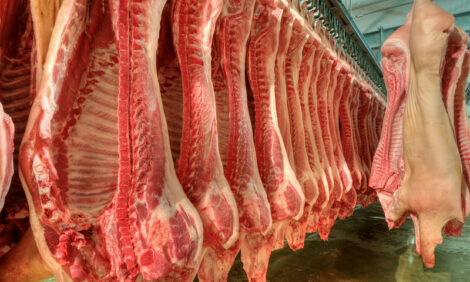New Tests for Detecting Livestock Growth Promoter
US - A feed additive given to cows and pigs so they'll produce leaner cuts of meat can now be detected by two new methods, according to Agricultural Research Service scientists.
|
Need a Product or service?
|
|
 |
 |
Weilin Shelver and David Smith developed the methods as a faster, more user-friendly alternative to high-pressure liquid chromatography (HPLC). This procedure is the chief means by which federal inspectors now determine residue concentrations of the additive, called ractopamine hydrochloride, in live animals or carcasses of butchered animals.
Such testing is deemed crucial to national food safety programs aimed at protecting consumers from misuse of ractopamine and other animal drugs. For example, the tolerance level for residue in pig muscle is 0.05 parts per million. Testing also is done to certify meat products, such as for export to member nations of the European Union. The union does not allow animal growth promoters.
Although effective, HPLC testing can be a laborious, time-consuming and costly affair, according to Shelver, who, along with Smith, is at the ARS Red River Valley Agricultural Research Center, in Fargo, N.D. There, she and Smith developed two kinds of tests using a monoclonal antibody, a specialized protein that binds with molecules of ractopamine in urine or tissue samples so it can be detected. The first method is an enzyme-linked immunoabsorbent assay (ELISA). The second is based on an optical biosensor.
In trials at Fargo using urine samples from ractopamine-fed cows and sheep, the ELISA and biosensor performed as well as HPLC in detecting the drug at concentrations of five to 19 parts per billion. The ELISA method yields the quickest results, since it can analyze many samples simultaneously--100 in five hours, for example. The biosensor worked best with low numbers of samples that require sequential analysis, such as on a production line at the rate of one every 10 minutes.
The ractopamine monoclonal antibody has been patented to encourage its commercial development by industry. Read more details on the research in this month's issue of Agricultural Research magazine.
Source: USDA Agricultural Research Service - 15th April 2004


















